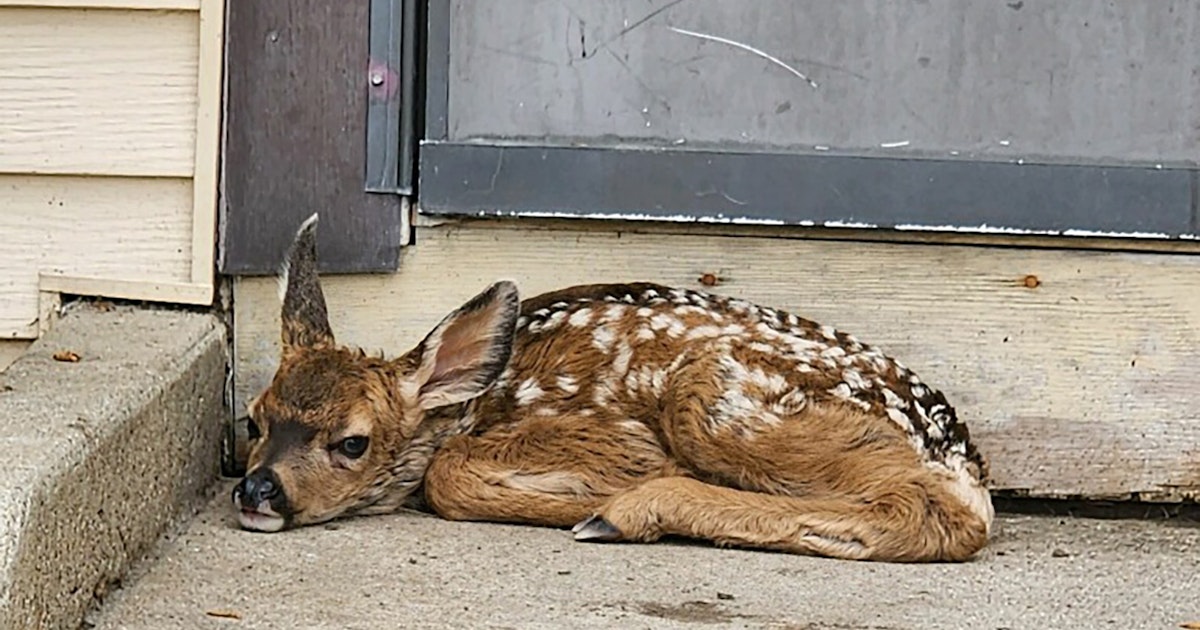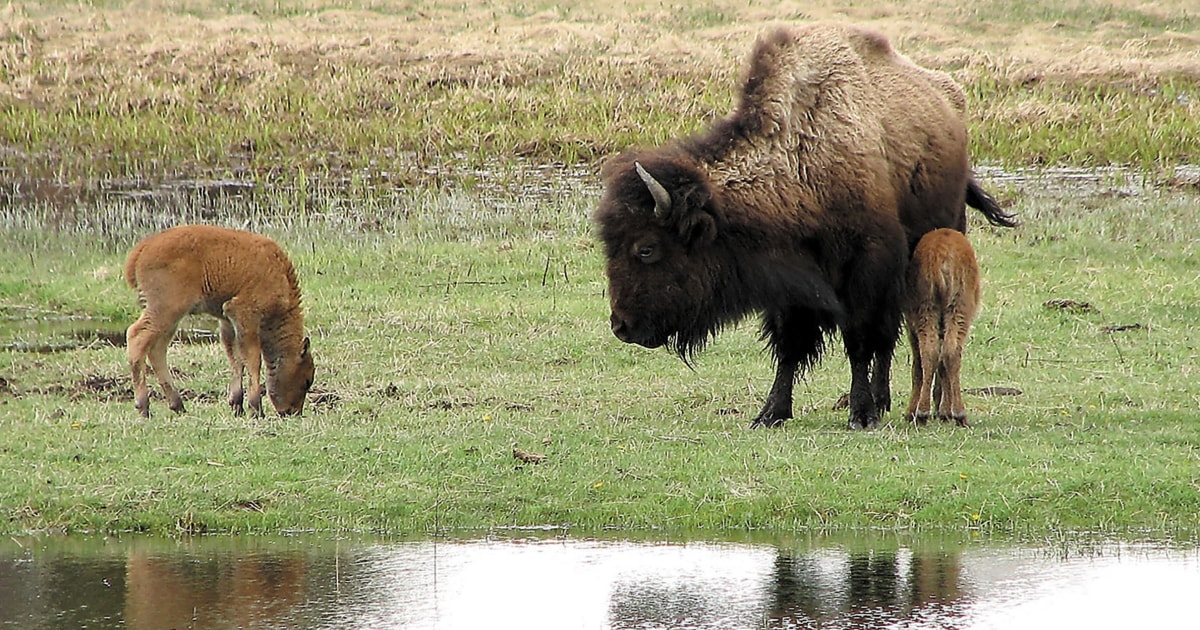WyoDoug
Well-known member
I am reposting this thread to address my concerns with intercity wildlife conservation and health. First, with deer and antelope we are seeing people wanting to "rescue" fawns who appear abandoned and most people do contact WGF when they do this. Fawns rescued in this manner generally get euthanized because human scent on fawns causes does to sometimes abandoned their young.
If you move into primary habitat areas you have to expect contact with wildlife of various types. In Cheyenne, we have seen moose, elk, deer, bear, antelope, mountain lion, foxes, lot of squirrels, doves, geese and ducks. People like to feed these and that causes a lot of issues, one with wildlife losing the fear of humans and recognizing humans as a food source. We are having a major problem with squirrels chewing bark of trees and killing a bunch of them. They also chew on houses and find their nesting spots in attics and that. The City of Cheyenne has put out notices several times not to feed wildlife.
Not only that, I posted an article a few years back where a herd of deer browsed on alfalfa. A number of them died of starvation even though they had full stomachs. The problem reported was that the deer were not used to alfalfa as a food source and had not developed rumen capable of digesting it. Feeding wildlife can have more harm than good.
What wildlife officers and the City are trying to do is get people to enjoy watching wildlife but not to feed them or disturb their young.

 cowboystatedaily.com
cowboystatedaily.com
If you move into primary habitat areas you have to expect contact with wildlife of various types. In Cheyenne, we have seen moose, elk, deer, bear, antelope, mountain lion, foxes, lot of squirrels, doves, geese and ducks. People like to feed these and that causes a lot of issues, one with wildlife losing the fear of humans and recognizing humans as a food source. We are having a major problem with squirrels chewing bark of trees and killing a bunch of them. They also chew on houses and find their nesting spots in attics and that. The City of Cheyenne has put out notices several times not to feed wildlife.
Not only that, I posted an article a few years back where a herd of deer browsed on alfalfa. A number of them died of starvation even though they had full stomachs. The problem reported was that the deer were not used to alfalfa as a food source and had not developed rumen capable of digesting it. Feeding wildlife can have more harm than good.
What wildlife officers and the City are trying to do is get people to enjoy watching wildlife but not to feed them or disturb their young.

Urban Deer In Rawlins, Wyoming, Are Dropping Newborn Fawns On People’s Porches
A herd of deer moved into Rawlins, Wyoming, decades ago and have been an annoyance ever since, says one local longtime resident. But she was still touched to find a newborn fawn outside her house.





